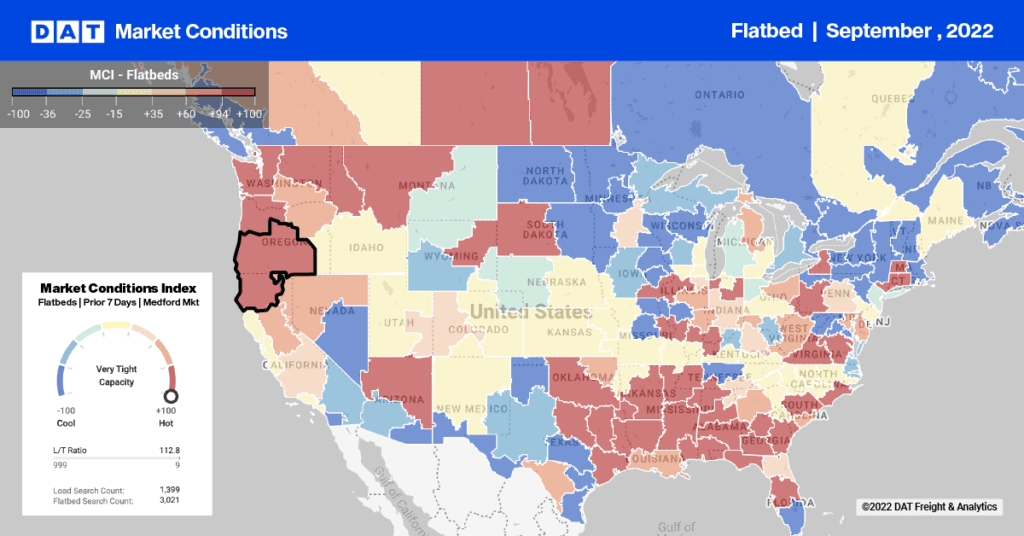We typically expect rates to surge at this time of year — for reefers, of course, but also for vans and flatbeds. This year, reefer prices rose at the end of April, which was later than expected, but van and flatbed rates hit a plateau that lasted through mid-May.
There are a few big factors at play here.
More Drivers – Unemployment is still high, but the trucking industry added 11,700 jobs in April, after losing 6,300 in March. (This information originated with the U.S. Bureau of Labor Statistics, and was summarized in The Truckers Report.) That brings the total number of new trucking jobs to 45,300 added in the past 12 months. Compared with the lackluster employment reports for the same period, our industry is booming, and is responsible for 7% of all the hiring nationwide. With more drivers, capacity is looser, putting downward pressure on rates.
Cheaper Fuel – Everyone is happy when fuel prices decline — okay, maybe the oil companies and their shareholders aren’t thrilled — but fuel surcharges decline, too. The carrier gets a lower total rate per mile because the line haul portion of the rate does not tend to increase. Granted, the carrier’s costs are declining too, and if the fuel price declines fast, the carrier benefits from buying fuel this week with the higher surcharge dollars he received for a haul he completed 30 days ago. Fuel prices are rising again now, but they are still lower than they were last year. My optimistic nature says that lower fuel costs help the economy, leading to an eventual increase in freight volume — and higher rates.
Late Harvests – Crops have been coming in a couple of weeks late, particularly in Southern California, and that has postponed the normal pattern of reefer rate increases that drive van rates up. Trucks are getting tight (finally!) in agricultural regions in the South and at Texas border crossings,with an average rate of $2.18 outbound from major reefer markets nationwide. Some produce quantities are reduced, however — Florida citrus crops are expected to be off by about 10% this year, for example, due to a bacterial disease that kills trees and threatens the state’s $9 billion industry. Overall, reefer rates don’t appear to be heading up to last year’s seasonal heights, but may resemble 2011 patterns instead.
I’m looking at the 30,000-foot view, and your results are almost certain to vary — unless you work at a large, national transportation company. If your business is mostly local or regional, and you’re moving freight in a high-demand market or with specialty equipment, these broad, national trends probably will not resonate. They can still be helpful, however, because big trends do have an impact on pricing in local markets.
For current trends and pricing benchmarks, check out DAT RateView, where you can compare your prices against the rates that are being paid today by brokers and shippers in your lanes. If you’d like to speak to a representative or see a demo, please call 800-551-8847 or fill out this form.
I’d appreciate hearing more about your own observations on current trends in the marketplace. Please comment below, and join the conversation. Thanks!


